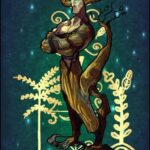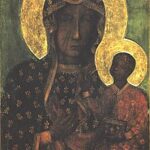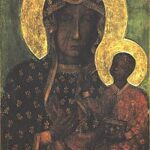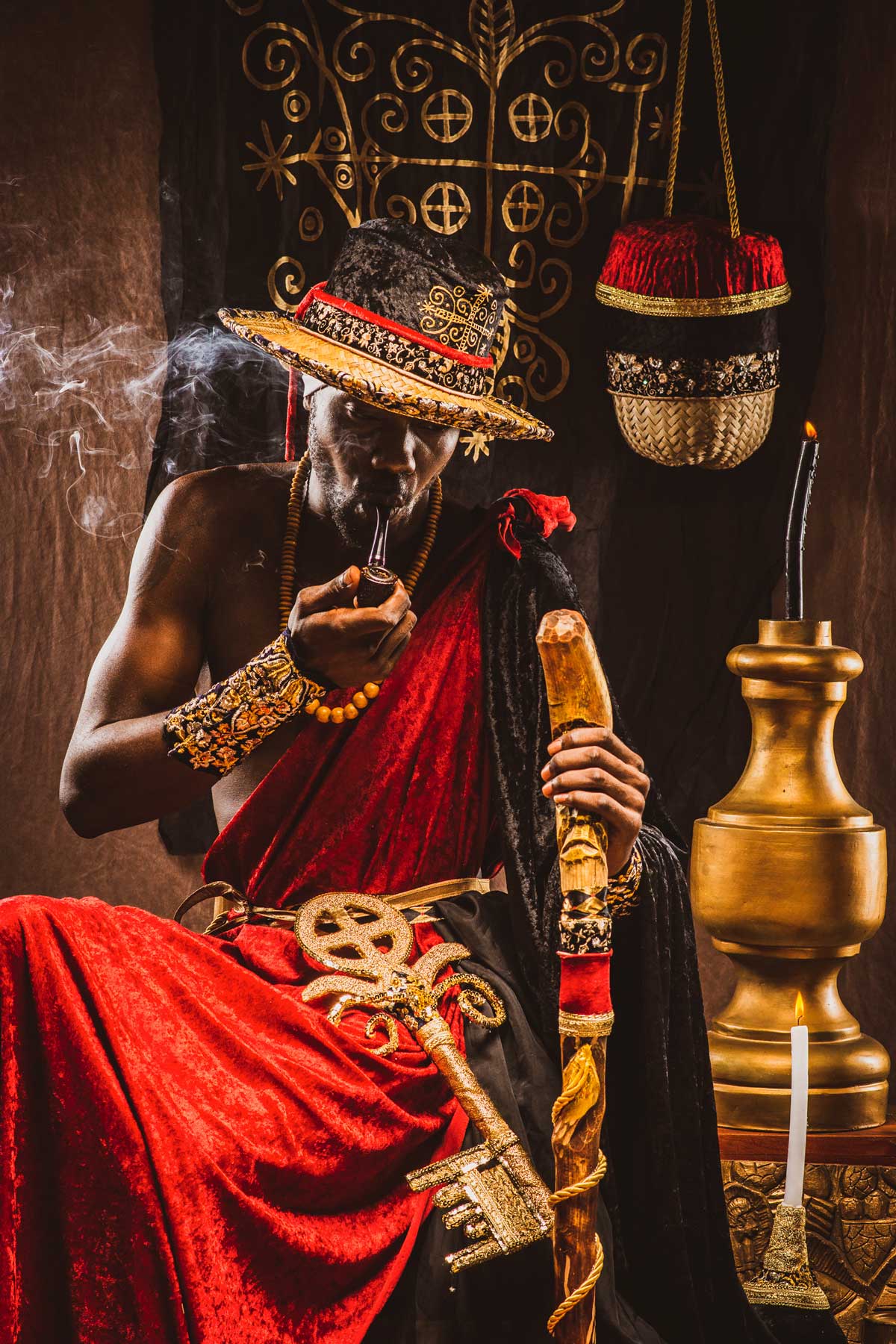Ghede is a prominent figure in Vodou mythology, often recognized as the spirit of death and the afterlife. He is a complex character, embodying both the playful and serious aspects of life and death. Ghede is often depicted wearing a black suit and sunglasses, symbolizing his connection to the underworld. His presence is felt during ceremonies and rituals, where he is invoked to guide the spirits of the deceased and to provide wisdom to the living. Understanding Ghede requires delving into the rich tapestry of Vodou beliefs and practices, which are deeply rooted in African traditions and have evolved in the Caribbean, particularly in Haiti.
The Role of Ghede in Vodou
In Vodou, Ghede serves a crucial role as a mediator between the living and the dead. He is not only responsible for guiding souls to the afterlife but also for ensuring that the living respect and honor their ancestors. This connection to ancestry is fundamental in Vodou, as it emphasizes the importance of familial ties and heritage. Ghede’s role extends beyond mere guidance; he is also seen as a protector of the family and a source of wisdom. His influence is often invoked during rituals that honor deceased loved ones, where practitioners seek his assistance in communicating with the spirit world.
 Grand Bois
Grand BoisGhede is often associated with fertility and sexuality, which may seem contradictory given his role as a death spirit. However, in Vodou belief, death and life are intertwined. Ghede’s playful nature is reflected in his interactions with devotees, where he encourages laughter and joy, even in the face of death. This duality highlights the Vodou perspective that life and death are part of a continuous cycle, and both should be embraced with equal reverence. His character serves as a reminder that death is not to be feared but understood as a natural part of existence.
Symbols and Offerings
Ghede is represented through various symbols that reflect his multifaceted nature. One of the most common symbols associated with him is the skull, which signifies death but also the celebration of life. During Vodou ceremonies, practitioners often create altars adorned with skulls and other symbols of mortality to honor Ghede. These altars are not only a place of worship but also a space for personal reflection and connection to the deceased. Additionally, offerings to Ghede often include items like rum, cigars, and food, which are believed to please him and invite his presence into the ritual.
Another significant symbol of Ghede is the cross, which represents the intersection of life and death. It serves as a reminder that while Ghede presides over the afterlife, he is also deeply connected to the living. In Vodou practice, the cross is often incorporated into rituals, emphasizing the balance between the spiritual and the physical realms. The offerings made to Ghede are an essential aspect of these rituals, as they establish a connection with him and invite his blessings into the lives of the practitioners.
 Erzulie Freda
Erzulie FredaGhede’s Family and Relationships
Ghede is often depicted as part of a larger family of spirits known as the Ghede family. This family includes several other spirits, each with their own unique attributes and roles within Vodou. One of the most notable figures is Baron Samedi, who is often considered Ghede’s father. Baron Samedi is known as the lord of the dead and is often depicted wearing a top hat and dark glasses, similar to Ghede. Together, they represent the duality of death, with Baron Samedi embodying the solemnity of the afterlife and Ghede bringing a sense of humor and levity to the subject.
Ghede’s relationships with other spirits are also significant. He is known to interact with the loa (spirits) during rituals, often taking on a charismatic and playful demeanor. His interactions are not limited to other death spirits; he also engages with those associated with love, fertility, and protection. This interconnectedness among the spirits reflects the Vodou belief in community and support among the spiritual entities. Ghede’s family dynamics illustrate the complexity of Vodou mythology, where each spirit has a role to play, contributing to the overall harmony of the spiritual world.
Rituals and Celebrations
 Erzulie Dantor
Erzulie DantorRituals honoring Ghede are vibrant and lively events that often include music, dance, and storytelling. These ceremonies are typically held during the Fête Ghede, a celebration dedicated to the Ghede spirits, particularly around the time of the Day of the Dead. During this festival, practitioners dress in black and white, symbolizing the connection between life and death. The atmosphere is filled with joy and reverence, as people gather to honor their deceased loved ones and celebrate the life that continues.
During the Fête Ghede, rituals often involve drumming and chanting, which are essential elements in Vodou ceremonies. The rhythmic beats of the drums invoke the presence of Ghede and other spirits, creating a spiritual atmosphere that encourages participants to connect with the divine. Devotees may also participate in possession rituals, where they allow Ghede to take control of their bodies, speaking and acting through them. This experience is seen as a blessing, as it allows practitioners to receive guidance and wisdom directly from the spirit.
Ghede’s Cultural Impact
The influence of Ghede extends beyond religious practices; he is a cultural icon in Haitian society. His character is often portrayed in art, music, and literature, reflecting the complex relationship Haitians have with death and the afterlife. Ghede’s playful and humorous nature is celebrated in various forms of artistic expression, highlighting the importance of embracing life even in the face of mortality. Artists often depict him in vibrant colors and lively scenes, capturing the essence of his spirit and the joy he brings to the community.
In addition to visual arts, Ghede is also a significant figure in Haitian music. Many songs celebrate his character, often incorporating themes of love, death, and the afterlife. These musical tributes serve to reinforce the cultural significance of Ghede, making him a beloved figure in Haitian folklore. Through these artistic expressions, Ghede’s legacy continues to thrive, reminding people of the importance of honoring their ancestors and celebrating life.
Understanding Ghede Today
In contemporary society, Ghede remains a vital part of Haitian Vodou and its cultural identity. As the world becomes more globalized, there is a growing interest in understanding and respecting Vodou practices. Ghede’s character has become a symbol of resilience and joy, representing the spirit of the Haitian people. His presence in modern discussions about spirituality and cultural heritage underscores the importance of recognizing and valuing diverse belief systems.
Furthermore, Ghede’s teachings about life, death, and the interconnectedness of all beings resonate with many people, regardless of their religious background. His message encourages individuals to embrace their mortality and to find joy in the present moment. As more people seek spiritual fulfillment and understanding, Ghede’s influence continues to grow, offering a unique perspective on the cycle of life and death.
Ghede is not just a spirit of death in Vodou; he is a complex and multifaceted character who embodies the essence of life and the importance of community. His playful nature, coupled with his serious responsibilities, reflects the duality of existence that is central to Vodou beliefs. Through rituals, symbols, and cultural expressions, Ghede’s legacy continues to thrive, reminding us of the importance of honoring our ancestors and celebrating the life that connects us all.
